Welcome to K is for Kenya for the Global Children’s Book Club! Today we’ll be going on a virtual tour of Kenya for kids. Get ready for a fun and inspiring Kenya virtual field trip – perfect for global education at home or for a Kenya homeschooling unit.
You can find the full list of countries for the book club right HERE. Be sure to sign up for the email list to get all the information in advance and to receive fun extras!
Get your FREE Alphabet Printable Passport here!
Here’s the 2020 Global Children’s Book Club discussion schedule!
This Kenya virtual tour contains affiliate links, but all opinions are 100% my own. That means I earn a small commission if you purchase through my link, but doesn’t change your price.
K is for Kenya: Kenya Virtual Tour for Kids
Table of Contents
Featured Kenya Book
Seeds of Change: Wangari’s Gift to the World by Jen Cullerton Johnson (Author), Sonia Lynn Sadler (Illustrator)
Author Book Chat

Read Aloud (Not by the Author)

Seeds of Change: Wangari’s Gift to the World Picture Book Discussion Questions
- What did Wangari do that helped her community so much?
- In a time when all girls weren’t always allowed to go to school, how did Wangari create that opportunity for herself?
- How did Wangari manage to get out of prison? What did she do for others to get out?
- Was it fair that she was put in prison? How can we help others who may be in prison inappropriately?
- What is one thing you can do to help impact your community for the better?

Other Kenya Books for Kids
Kenya Facts
- The capital of Kenya is Nairobi.
- The official name is the Republic of Kenya (English) or Jamhuri ya Kenya (Swahili).
- Uhuru Kenyatta is the current President of Kenya.
- Kenya is located in east Africa, along the Indian Ocean.
- Kenya borders 5 countries.
- Bantu Swahili language and English are the two official working languages of Kenya.
- The currency in Kenya is the Kenyan shilling. $1 USD ~ 106 Kenyan shilling.
- Kenya’s climate along the coast is tropical. Further inland, it varies from hot to cool, even in the same day.
- About 70% of the country practices Christianity, and about 25% practice indigenous religions.
- The primary industries are consumer goods, agriculture (tea and coffee), and tourism.
- Most Kenyans live in the highlands, where Nairobi, the capital is.
- Music and storytelling are important in Kenya. Families often use music to pass on beliefs and tales.
- Kenya has more than 50 reserves to protect its animals.
- Kenya was a British colony from 1920-1963.
- Some scientists think Kenya and Tanzania might have been the original birthplace of humans.
- During the 1600s and 1700s, many Kenyans were tied up and taken as slaves by Americans, Europeans, and Arabs. East Africans were taken to many countries because of slavery.
- The equator runs through Kenya.
- Lake Victoria, the 2nd largest freshwater lake in the world, is partially in Kenya (it’s also in Tanzania and Uganda).
- Kenya is named after Mount Kenya, the highest mountain in the country.
Color in Kenya on this map of Africa!

Kenya for Kids: Flag Activity

Flag from HERE
HERE is a fun printable Kenya flag coloring sheet!
Kenya Virtual Tour to a Featured Landmark
Maasai Mara National Reserve
Masai Mara is Kenya’s most popular game reserve. It is a large area of wilderness where animals such as lions, cheetahs, elephants, leopards, zebras, wildebeests, and hippos can live safely.. It’s in southwestern Kenya near Tanzania and continues into Serengeti National Park. It’s an area through which the Great Migration passes, an annual journey of wildebeests, zebras, gazelles, and other game animals to move due to availability of grazing.


Diani Beach
Diani is on Kenya’s coast on the Indian Ocean. It has been rated the best beach in Africa a number of times. It has amazing coral reefs, a national reserve, and colobus monkeys.
Featured Kenya Artist: Suzanna Owiyo
Suzanna Owiyo is a popular contemporary singer. She has especially used her position to support the “Because I Am A Girl” campaign, which helps girls get education. She is a National Goodwill Ambassador for the United Nations Environment Programme.

Featured Important Kenyan Person: Wangari Maathai
Professor Wangari Maathai was a Kenyan Environmentalist and Human Rights Activist. She was the first African woman to receive the very prestigious Nobel Peace Prize of 2004. Maathai has fought very hard, even against oppressive regime, to ensure a sustainable environment and better quality for women and the citizens of Kenya.
In her acceptance speech for the Nobel Price, she said, “I would like to call on young people, in particular, to take inspiration from this prize. Despite all the constraints that they face, there is hope in the future in serving the common good. What my experiences have taught me is that service to others has its own special rewards.”


Featured Kenyan Food: Kenyan Recipes for Kids
Wali wa Nazi (Coconut Rice)
Wali wa Nazi is a coconut rice that is a popular Kenyan food mostly along the Indian Ocean coast. It is white rice is cooked with grated coconut meat to create a fragrant twist on plain boiled rice. Wali wa nazi is specifically a Swahili recipe and is often eaten with fish or chicken curry, some vegetables, or even bean stew. Here’s a recipe to make it at home!
Ugali is a Kenyan staple also known as corn fufu. It’s a soft cornmeal dough that Kenyans usually eat with saucy meat or vegetables. Here’s an ugali recipe.
Kenyan Craft & Culture Activity for Kids: Maasai Beaded Necklace Craft
The Maasai people and other east African cultures make a lot of beautiful beadwork. The colors they choose are very symbolic, so please learn about them before making your jewelry. (You can learn more about the meaning of the colors HERE.)
Traditional Maasai beaded jewelry uses very small and slippery beads that may be difficult for kids to use. Instead, here, we will use slightly larger beads in a simpler pattern to allow children of varying ages to participate. We will also use softer yarn instead of harder necklace forms for safety with little ones.
Materials:
Perler beads or craft beads (better for younger kids)
Yarn or embroidery floss
String your beads on your thread. You can either alternate colors (such as black and white), or you can make several rows (such as a row of red for strength, a row of blue for energy, a row of white for purity, etc.) and tie them all together. Be sure to tie off the ends so the beads don’t come loose. Then tie on your necklace!

Other Kenya Kids Activities
Music and storytelling are important in Kenyan culture, especially to pass on family stories. Come up with a song, dance, or picture to share one of your own family stories!
Animals in Kenya
There are a number of large animals that live in Kenya and commune with its beautiful land. They work together in dry and rainy seasons, and with rivers and wilderness. Some common animals are zebras, wildebeest, leopards, hippos, and more.

Kenya Movement Activities
Football (soccer) is the most popular sport in Kenya. Kenya has also sent many middle-and-long-distance runners to the Olympics.
Kenya Dance


Kid Movies About Kenya
Kenyan Conversations with a Local: Culture, History, & Food Discussion Video
Kenya for Kids Discussion Questions
- Many Kenyans were taken around the world because of slavery. How can we help those people who are descendants of slaves who did not start on equal footing in the places they live?
- If you lived in Kenya, would you rather live on the coast or in the highlands?
- Do you think music is a good way to pass on family stories? What are some advantages and disadvantages?
- Do colors mean the same thing in every culture, like in the Kenyan beadwork?
- What do you think is a reward of serving others, as Wangari Maathai did?
Thanks for Taking a Virtual Visit to Kenya With Us!
We’ve loved putting together this resource to virtually visit Kenya. We’d love to hear if you do any of these activities for a homeschooling Kenya unit, or if you visit in person!
We hope to inspire curiosity and connection through exploring and learning, and we hope this guide helps you and your families. Please share any activities you do with us over on our Instagram. And we’d be delighted if you passed this Kenya for kids virtual tour and homeschooling resource along to others, as well!
MORE POSTS
IF YOU LIKED THIS POST ABOUT KENYA FOR KIDS, YOU MIGHT LIKE THESE POSTS TOO:
- GCBC Virtual Travel Guides
- Morocco with Kids: Ultimate Guide for Family Travel
- How to Choose a Family Friendly Holiday
NOT READY FOR A KENYA HOMESCHOOLING UNIT QUITE YET? PIN THIS POST FOR LATER!
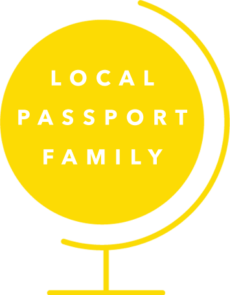
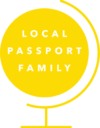
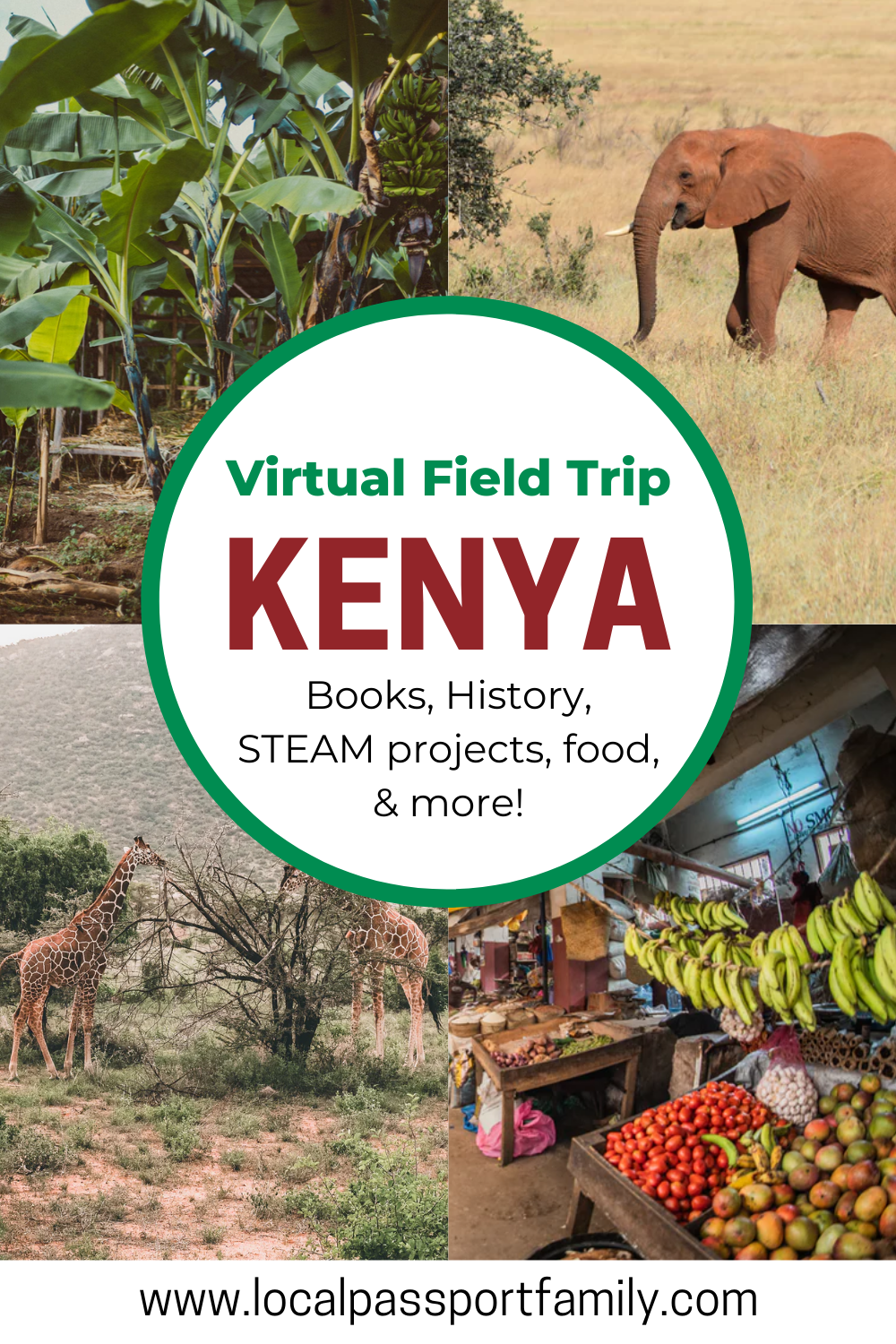


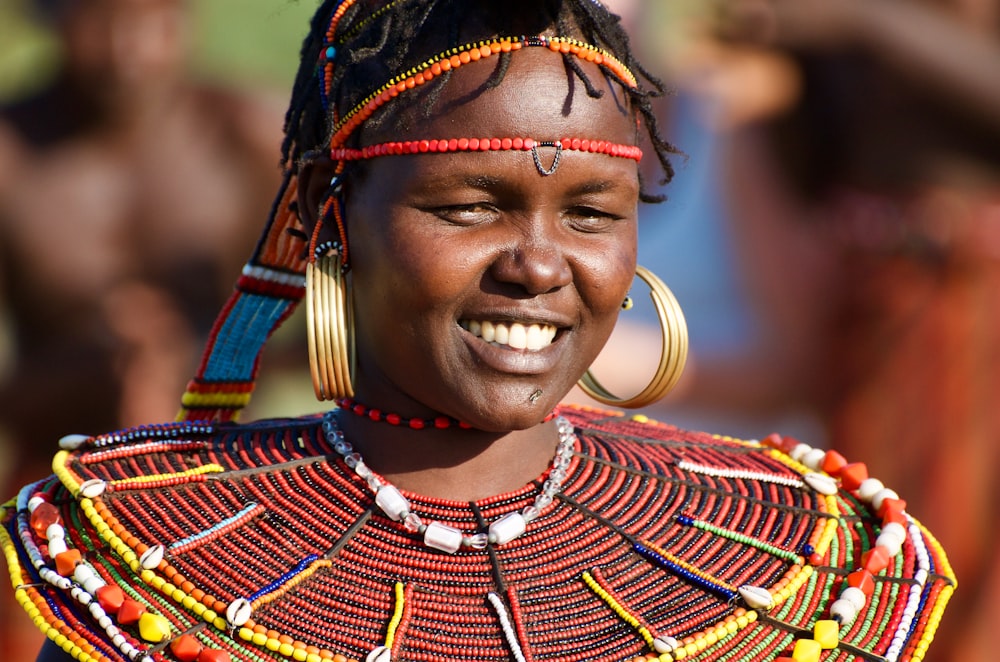


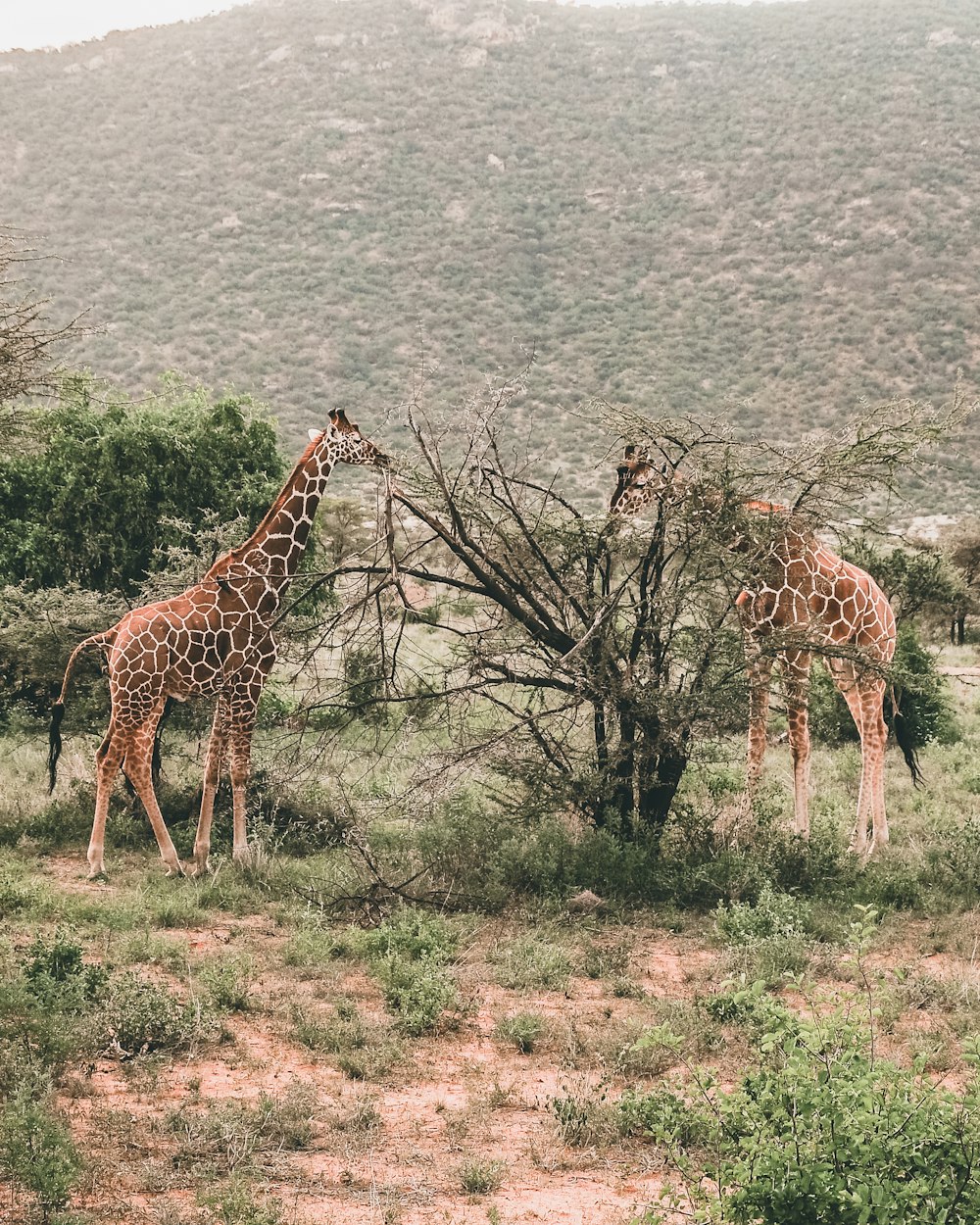


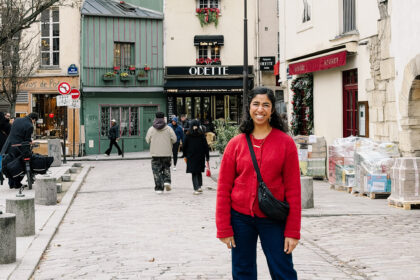
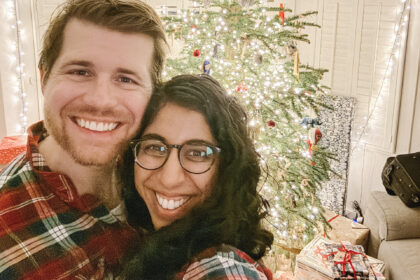

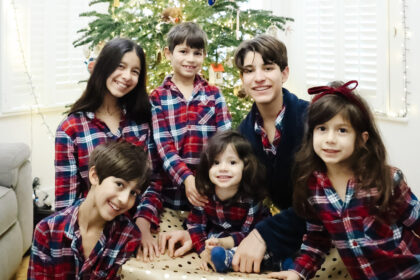
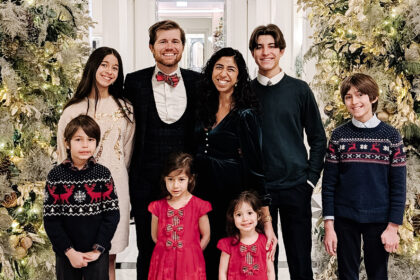


[…] Find a picture book read aloud and discussion of Seeds of Change: Wangari’s Gift to the World right here! […]
[…] Kenya: https://www.localpassportfamily.com/2020/06/k-is-for-kenya-kenya-for-kids-virtual-tour.html […]
This website was… how do I say it? Relevant!!
Finally I’ve found something which helped me. Appreciate it!